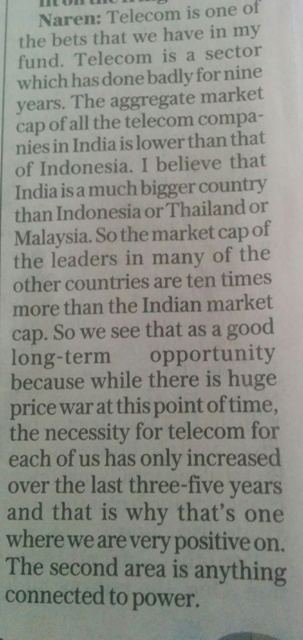For the dollar bulls, the case for a strong currency is quite straightforward. Interest rates in the US are rising,with the positive carry on US debt assets only increasing. The Federal Reserve (Fed) is on a path of increasing rates, divergent from the Quantitative Easing (QE)-forever outlook of the European Central Bank and Bank of Japan. With Donald Trump signaling his desire for fiscal expansion combined with tax cuts, most experts are convinced that the direction in rates is only up. While the Fed has been slow and deliberate in raising rates till now, many feel we may see them now accelerate and over-deliver on rates. Janet Yellen has clearly no intention to be seen as being behind the curve.
There is also a possibility of a continued improvement of the US trade balance through higher domestic shale production. Falling trade deficits should be positive for the dollar at least in the short term.
Some of the changes being proposed by the republicans for the tax code may also cause currency appreciation. The proposed border tax adjustment should itself force the currency to move upward, as both importers and exporters adjust prices to factor in tax changes.
All of the above should argue for a pretty clear case for continued dollar strength.
On the bearish side, almost everyone is bullish on the dollar. It is a consensus trade. Also given the outperformance of dollar assets over the past few years, everyone has structurally overweighed the currency in their portfolios.
Trump is a mercantilist, favouring protectionism. There is very little ambiguity about his position on trade after the inauguration. A mercantilist is very unlikely to support a strong dollar. A weak currency is often the foundation of their economic strategy. Trump has already publicly complained in an interview to the The Wall Street Journal about the strength of the dollar. This is a very unusual position for a US President to take.
The dollar is also overvalued against almost every other currency using the purchasing power parity metric. The deviation is between 1 and 2.5 standard deviation from the long-term mean.
It is, however, equally clear that if Trump is serious about reviving manufacturing in the US, he cannot afford to let the currency strengthen further. It is already hurting corporate America, both earnings and competitiveness. Remember it is the rust-belt states in Midwestern US that brought Trump to the White House. This constituency wants a revival in investments and high-skill jobs. They want to “Make in America”.
A strong and overvalued dollar is unlikely to achieve Trump’s vision of “making America great again”.
Is there anything that the new President can do to make sure the dollar rally is short circuited?
He can lean on the Fed to delay its rate rises. The market currently expects three rate rises in 2017. The Fed has consistently delivered less rate hikes than consensus expectations over the past few years. If this pattern were to repeat in 2017, it would release some pressure on the currency.
The reality is that markets are positioned one way, very confident and complacent that the dollar is only going up. The reality is that the Trump administration is almost certainly in favour of a weaker currency.

